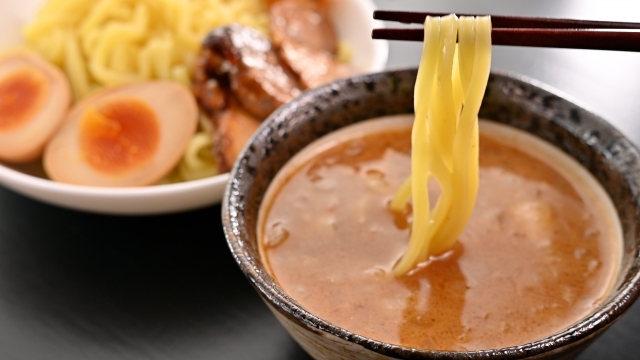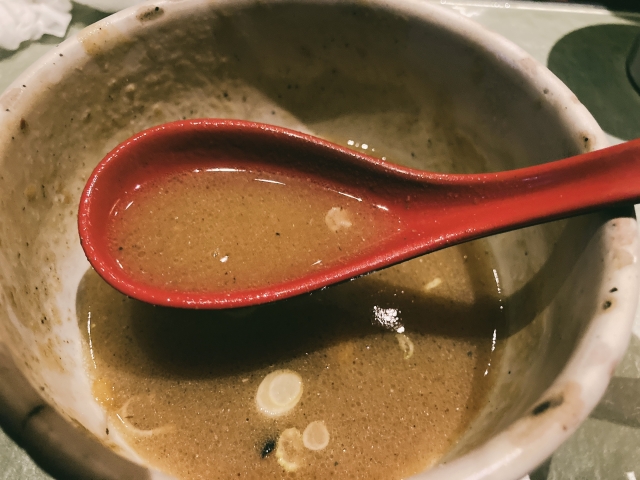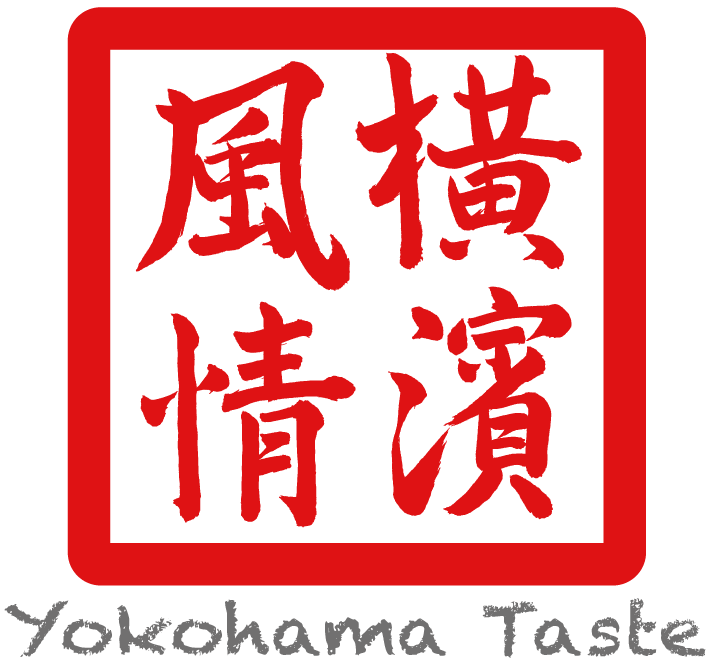Wonderful Ramen Variant “Tsukemen” Dipping Noodles

Japan’s ramen culture is diverse and filled with delicious options, but one style that deserves special attention is “tsukemen.” Tsukemen is a unique way of enjoying noodles by dipping them into a rich and flavorful broth, and its taste and texture are truly worth experiencing.
The Origins of Tsukemen
Tsukemen, a popular Japanese dish, is believed to have originated in the 1950s with Kazuo Yamagishi in Tokyo’s Nakano Ward. During his apprenticeship, Yamagishi dipped leftover noodles into a mixture of soup and soy sauce, which laid the foundation for tsukemen. When a curious customer tried and liked it, Yamagishi developed the concept further, creating “morisoba” by enhancing the dipping sauce with vinegar and sugar. This dish gained immense popularity when Yamagishi opened his own restaurant, “Daisho-ken,” in 1961, thanks to its unique sweet and tangy sauce and chewy noodles.
Key Features of Tsukemen
One distinctive feature of tsukemen is the separation of noodles and broth. The broth is rich and flavorful, typically based on seafood or chicken stock. Noodles are boiled in hot water, drained, and then cooled with ice water, resulting in firm and cold noodles that are meant to be dipped into the broth.
How to Enjoy Tsukemen ?
In general, tsukemen consists of cold noodles that have been rinsed with cold water and served with a hot, rich soup. You should quickly dip the noodles into the soup and slurp them down in one bite.
It’s a good practice to dip about 2 to 3 strands of noodles into the soup at a time to help keep the soup from cooling down too quickly. If the soup cools down during your meal, some restaurants may be able to reheat it for you, so it’s a good idea to ask the staff.
As you continue to eat the rich broth of tsukemen, the taste can become monotonous over time. In such moments, it’s a good idea to enjoy variations in the soup’s flavor by using condiments like pepper, vinegar, chili oil, fresh garlic, and doubanjiang that are available on the table.
Don’t forget to try “Soup Wari”!

After you’ve finished the noodles, You can request “Soup Wari” (soup dilution).
Then they serve broth for free to dilute the soup.
You pour the hot broth into the remaining soup, making the rich broth easier to drink. For those who want to savor the soup until the very end, the soup dilution is an enjoyable moment.
Tsukemen stands out as a particularly intriguing style within Japan’s ramen culture.When you visit Japan, be sure to try tsukemen!


